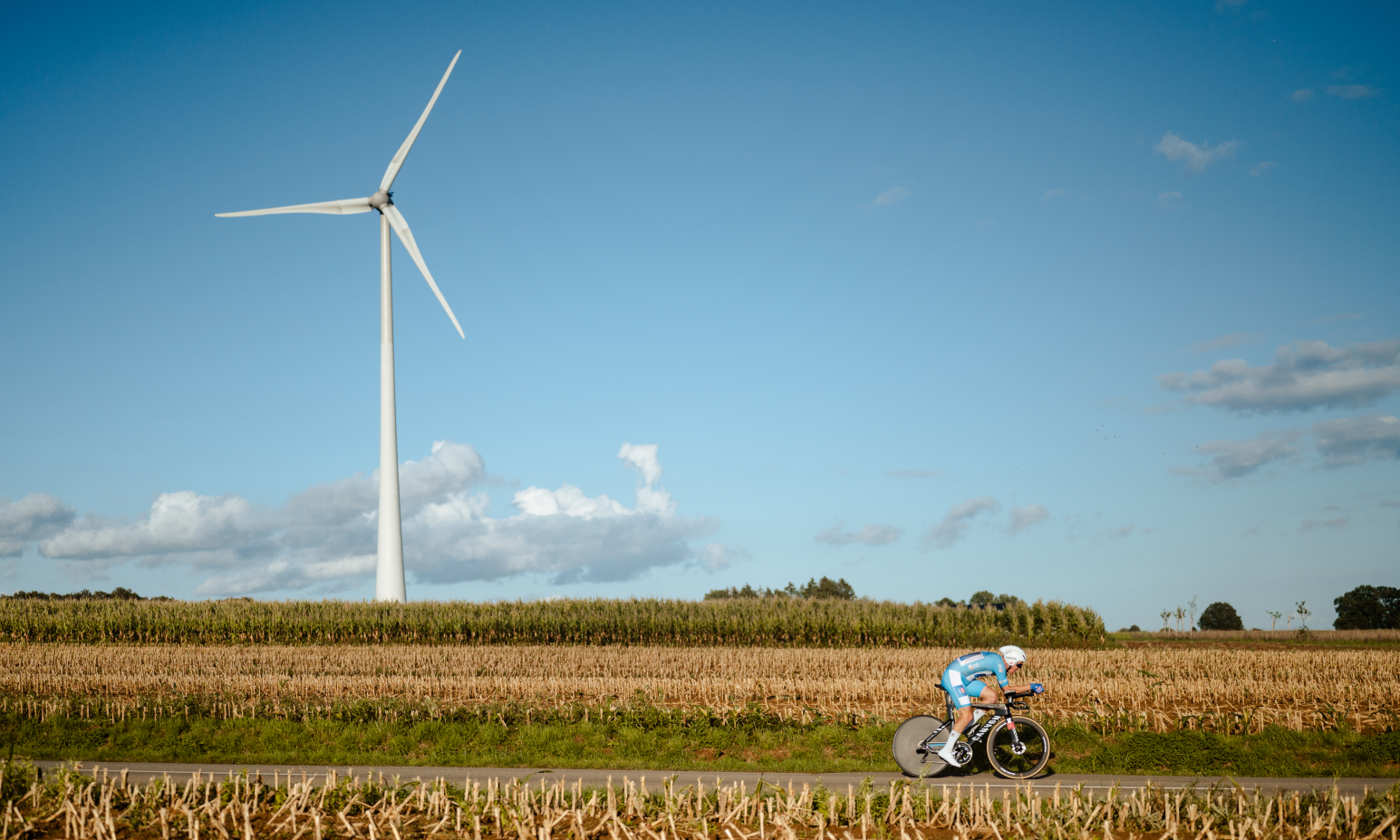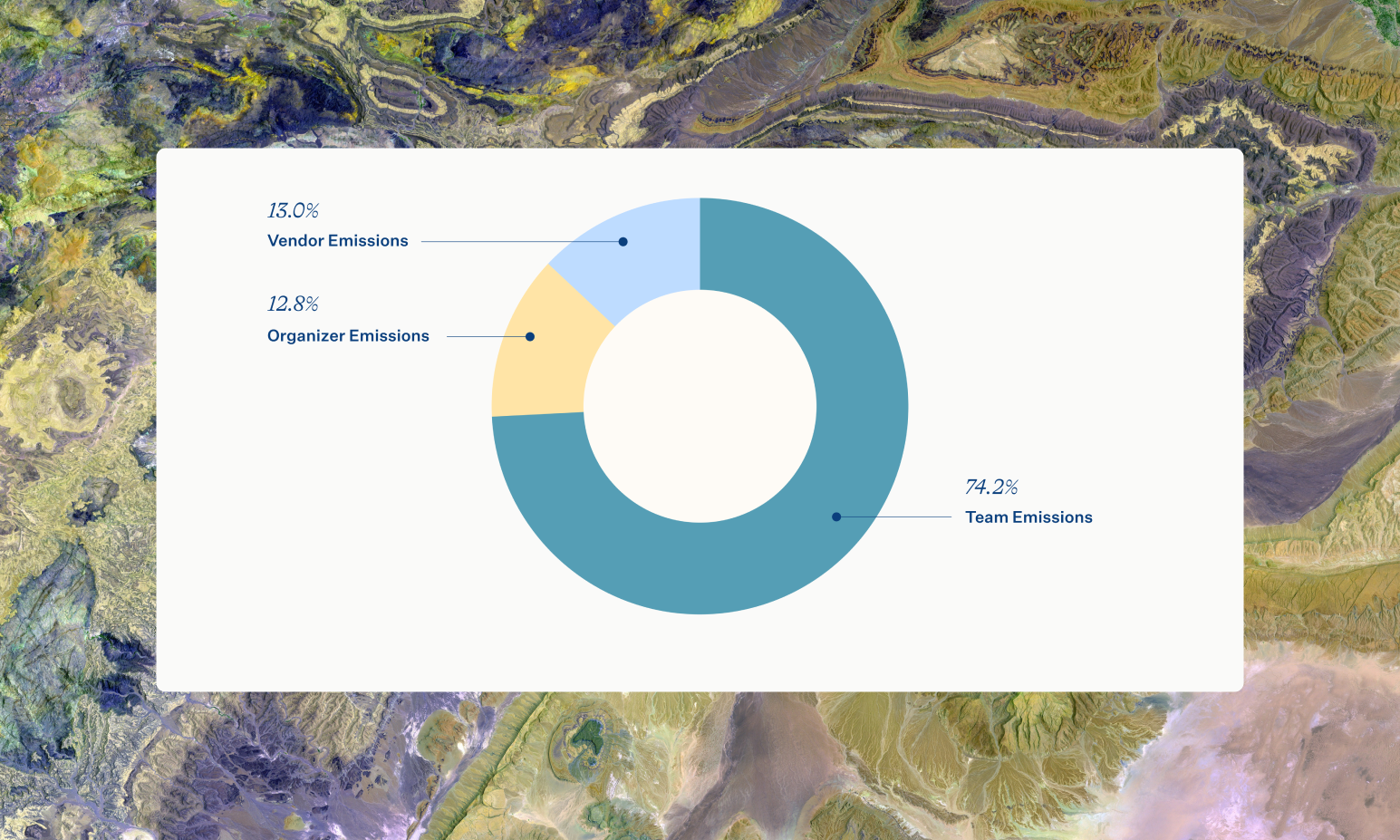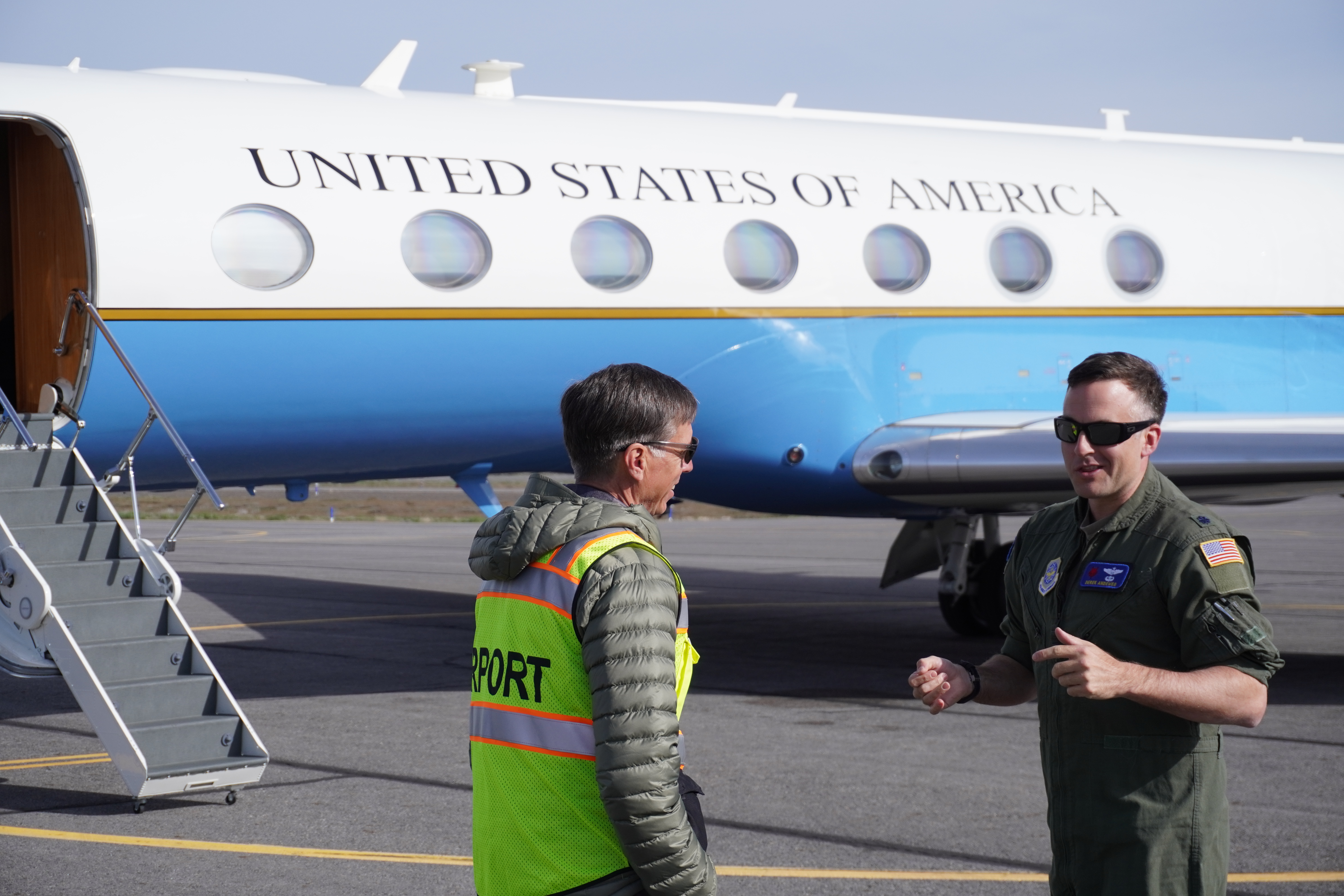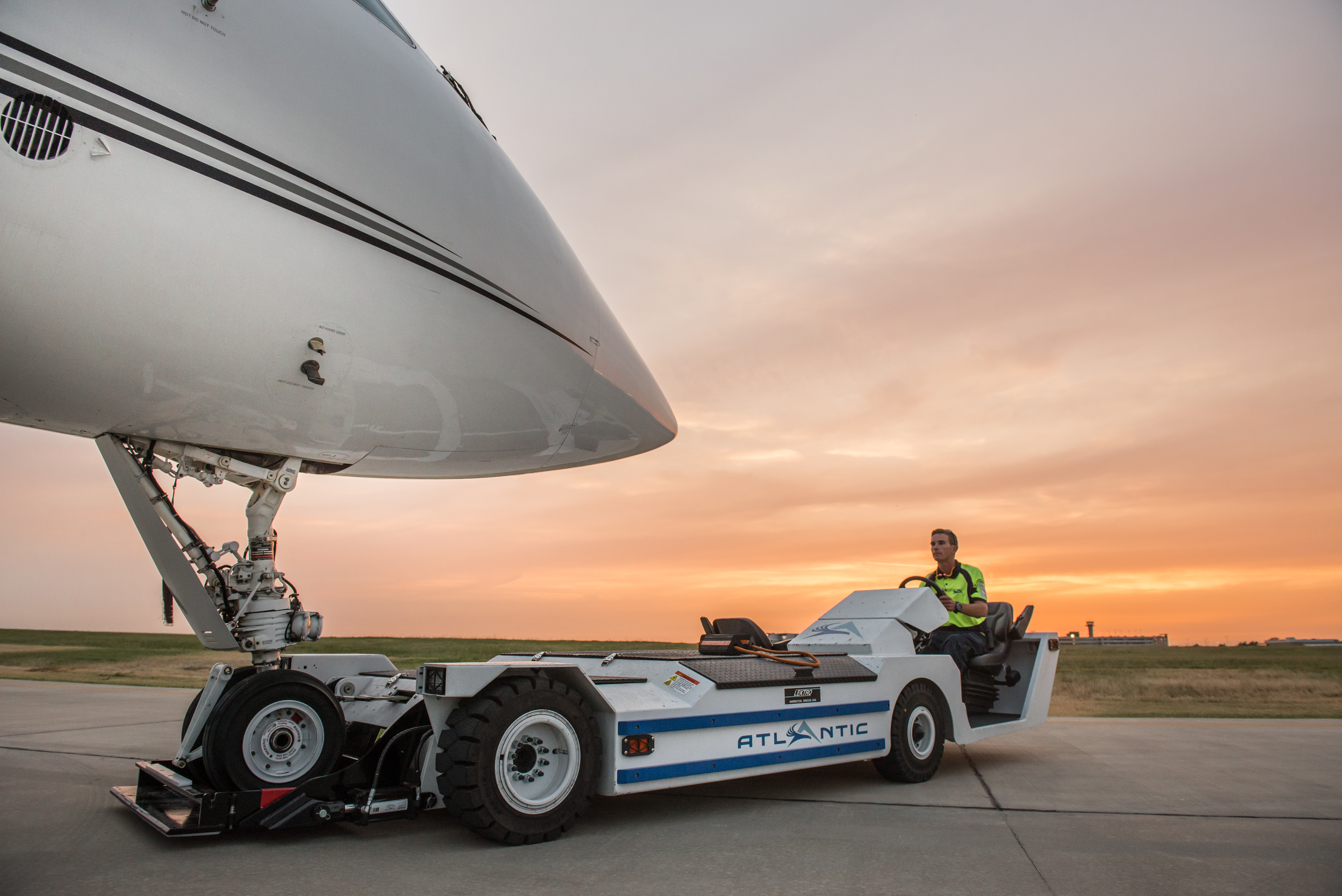This year marked the second year NZero partnered with the Tour de Luxembourg to measure the event’s Greenhouse Gas (GHG) emissions, which we tracked using data from vendors, event organizers, and participating teams during the 5-day event.
All told, total emissions for this year’s Tour de Luxembourg were 165 metric tons of carbon dioxide equivalent (MTCO2e), equal to flying 761,484 miles, or, one person flying around the world 30 times. Compared to last year’s event, there was an 81% emissions increase, due mainly to a substantial improvement in the data coverage, meaning that in 2023 there was more accurate data obtained to make the calculations.
This year, 19 out of 20 teams participated in our tracking efforts, a substantial 46% improvement from the previous year. On the vendor side, 12 vendors provided primary data (up from 5 in 2022). The increase in the voluntary disclosure of activity data enabled NZero to craft a more accurate picture of the event’s environmental impact, increasing awareness of emissions and providing the Tour de Luxembourg the information needed to inform future decarbonization efforts and show leadership in the decarbonization of sports events globally.
2022 vs 2023
The increase year over year is due to a higher participation rate in the data collection surveys, meaning fewer estimates were used compared to last year. Greater participation from international teams also meant that many teams’ air travel significantly contributed to the increase in emissions.
That said, Scope 1 & 2 emissions decreased 24% and 15% respectively compared to 2022, while Scope 3 emissions,which made up 87% of total emissions in 2023, increased by 127% versus 2022.
Top Emissions Sources
Participating teams were the dominant carbon contributors, generating nearly 75% of the total emissions, 95% of which are related to travel to and from the event, as well as transportation during the race. This means that over 70% of the total event emissions were attributed to team transportation alone.
Aside from teams, event organizers and vendors contributed 42.5 MTCO2e, over 90% of these emissions, from traveling.








